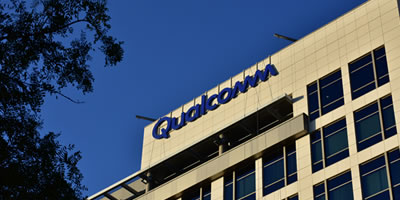
Mobile phone manufacturers from China, South Korea and Japan including ASUS, Samsung, OPPO, LG and Sony have selected Qualcomm’s Snapdragon X50 5G New Radio (NR) modem for standard-compliant 5G NR mobile device product launches starting in 2019.
Other original equipment manufacturers (OEMs) working with Qualcomm include Fujitsu, HMD Global (Nokia smartphones), HTC, Inseego/Novatel Wireless, NetCom Wireless, NETGEAR, Sharp, Sierra Wireless, Telit, Vivo, Wingtech, and WNC.
These OEMs are working to commercialize 5G mobile devices for the sub-6 GHz and millimeter wave (mmWave) spectrum bands starting in 2019 based on the first commercially announced 5G modem solution, the Snapdragon X50 5G NR modem family.
“As evidenced by our work with these distinguished OEMs from around the globe and as we demonstrated in 3G and 4G LTE, Qualcomm Technologies is utilizing our deep expertise and technology leadership to support the successful launch of 5G NR, driving innovation in the mobile ecosystem,” said Alex Katouzian, SVP and GM, mobile, at Qualcomm Technologies.
“Every time Qualcomm Technologies introduces a cutting-edge technology, we promptly collaborate with them to unveil related products such as smartphones and smart homes in China as well as around the globe, which have been praised by many of our consumers,” said Bin Lin, co-founder and president, Xiaomi.
“In the future, 5G will bring broader opportunities for the whole Xiaomi smart industry chain, and we will collaborate with Qualcomm Technologies to lead a new era of Internet of Things and in-depth human-machine interaction.”
The arrival of 5G will expand mobile into new spectrum bands and all spectrum types, allowing for enhanced mobile broadband and increasing the overall average download speeds for virtually all smartphone users.
5G NR technologies will allow for multi-gigabit per second data rates at significantly lower latency than today’s network, amongst other capabilities. These technologies will be critical to meeting the increasing connectivity requirements for emerging consumer mobile broadband experiences such as virtual reality, augmented reality and fiber-like cloud connectivity, as well as enabling new high-reliability, low-latency services.
5G use cases include enhanced mobile broadband to smartphones; Always Connected PCs; head-mounted displays (HMD) for virtual reality (VR), augmented reality (AR) and extended reality (XR); and Mobile Broadband, all of which require constant and consistent cloud connectivity.







